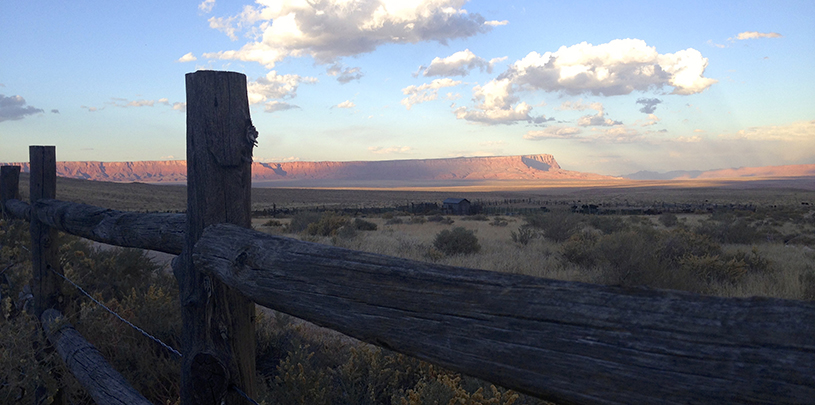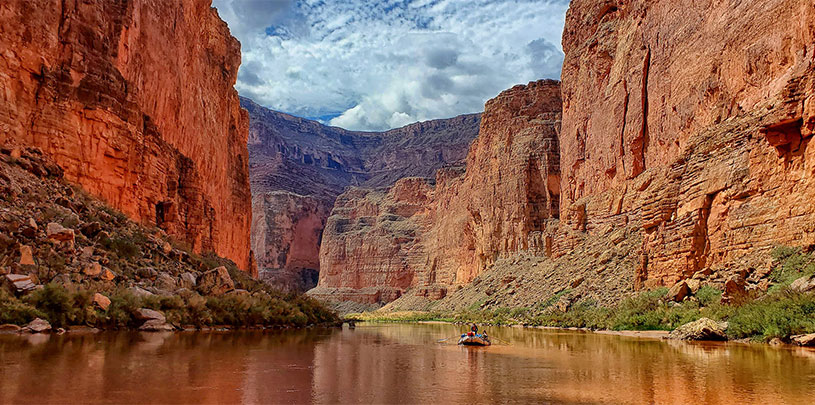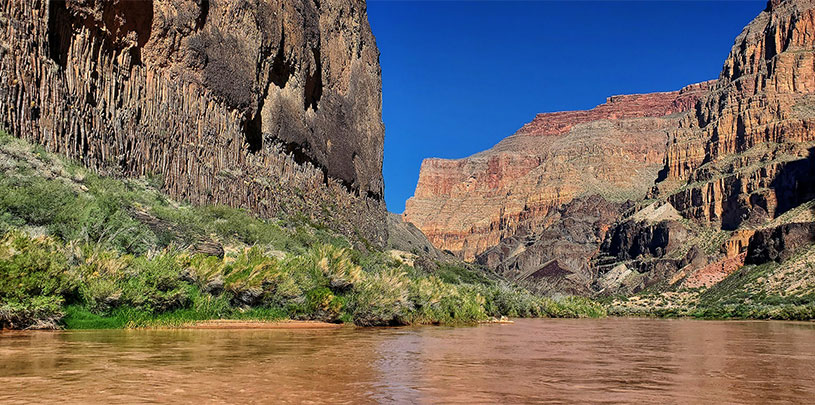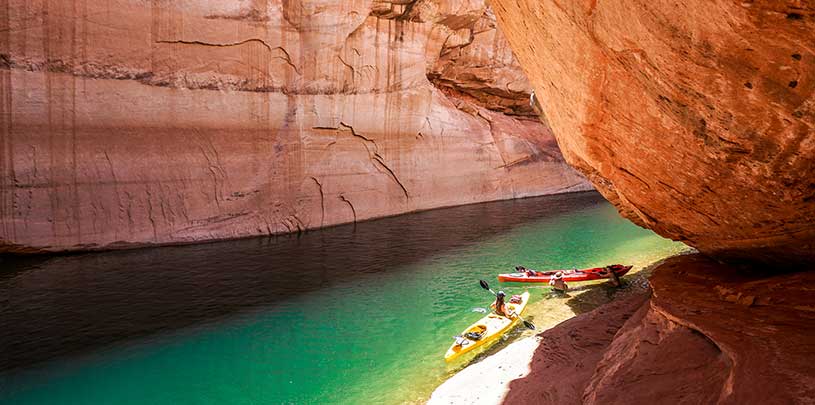 by Ed Grumbine, Land Director
by Ed Grumbine, Land Director
Making Adaptation Work
Last time, we outlined what we can do to minimize the effects of climate change on the North Rim Ranches, but how do we take our paper recommendations and apply them to the land?
The answer is not simply more science, though new research will be important. Our final post on the North Rim Ranches Climate Adaptation Plan tackles the most challenging part of adjusting to change: what people decide to do about it.
Big picture thinking
Many people confuse not knowing everything about climate change with not knowing anything about climate change. But we do know a lot. The scientific community overwhelmingly agrees that the Earth is warming and points to humans as the cause.
So if you are concerned about climate change and want to act, what preparations can you make today to reduce risks going forward?
The best way to address this question is to take a big picture view of the costs and benefits of preparing for change.
We all make decisions about future risks. We buy homeowners insurance to cover fire and flood damages, though few of us ever have to deal with these disasters. Some of us open savings accounts for our kids’ college tuition when they’re still in preschool. All of us make choices every day involving mundane risks: crossing a busy street or betting on a basketball team in the office sports pool.
So what’s different about climate change risk, then? The consequences of losing.
It is one thing to be out 10 bucks on a bet, or, after 20 years of saving, discover that you need a bit more money for your child’s education. It is quite another to find out that your planet is not as liveable as it used to be.
In other words, not all risks are the same. A big picture view helps us to consider what to do about climate change in three big ways:
Precautionary approach
First, when faced with huge projected risks, the most conservative path forward is to act with prudence. We don’t know for sure what the lands on the north rim of the Grand Canyon will look like in two years, let alone in 20. But we are lucky to have some projections of the future, and we should use this information to plan out scenarios and take “just-in-case” actions. Our climate adaptation plan is full of such recommendations to help us to act now for benefits today and in the future.
Best available science
Second, we can lean on the best science to guide us forward. Despite all the unknowns, most of the world’s experts agree that climate change is real and its impacts are going to deepen.
Communicate risks
Third, we need to strengthen how we talk about climate change. We need to translate climate change impacts into concrete risks on the ground, such as increasing drought and wildfire risks. And, we need to scale the problem to our landscape, putting climate change in the context of our backyard.
The Climate Change Adaptation Plan is the first step in doing this, and the Trust can widely share the lessons we on the North Rim.
The future of climate change adaptation on the North Rim
If we accomplished every action outlined in this plan, would that be enough for us to adapt successfully to climate change?
We don’t know, but we do have enough information to move forward.
There are many things about climate adaptation that we do know. Right now, we can already observe how plants, animals and ecosystems are responding to complex climate changes. Without targeted actions, we reduce the land’s ability to adapt to change as well as our chances to respond successfully. We expect that our efforts will stimulate discussion and even more climate adaptation action. And we know that this is only a first step.
The longest journey begins with a single step, and this plan is part of the Trust’s lengthy journey to adapt to climate change. We don’t expect it to be easy. But we believe that this plan offers a useful guide to frame adaptation issues, define key problems, and offer solutions.
For only together can we adapt successfully to our common future.




